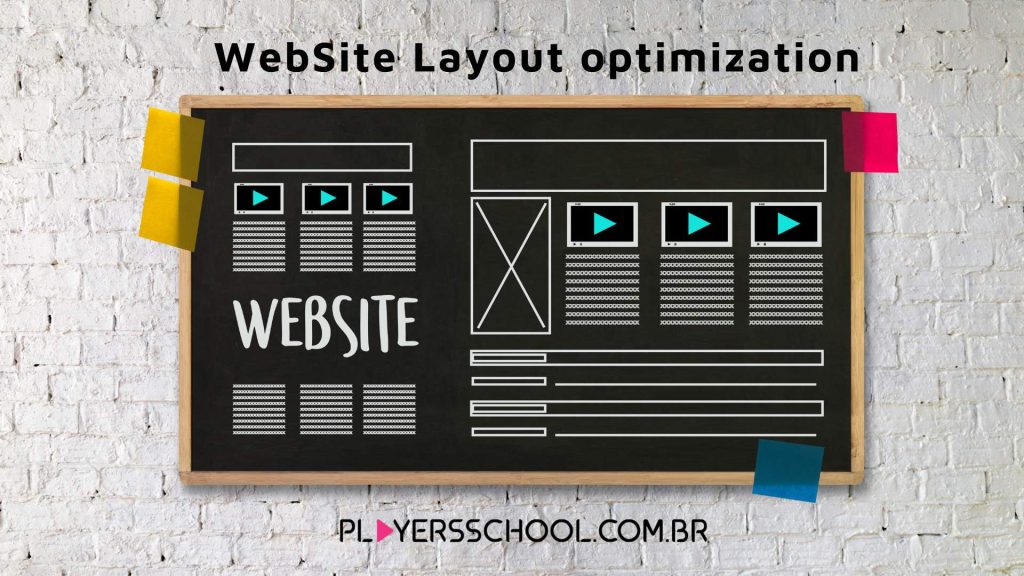Website Layout Optimization
In today’s digital age, a website is a crucial component of any business, acting as a virtual store front that can attract and retain customers. However, simply having a website is not enough to guarantee success. The website must also be visually appealing, user-friendly, and responsive to ensure that visitors have a positive experience. This is where website layout modernization comes in.
By modernizing the website layout, businesses can improve user experience, attract more customers, and stay ahead of the competition. Modernizing the layout can involve updating the design, structure, and functionality of the website, including implementing responsive design to optimize the website for various devices and screen sizes. Responsive design ensures that the website’s layout adapts to the user’s device, whether it’s a desktop computer, laptop, tablet, or smartphone, providing a seamless experience for all users.
What means keep your website layout optimized?
A layout template that is optimized today means that it is designed and developed with the latest web design and development standards in mind, including mobile responsiveness, accessibility, and user experience.
Mobile responsiveness means that the layout template is designed to adapt and adjust to different screen sizes, ensuring that the website looks good and functions well on all devices, including desktops, laptops, tablets, and smartphones.

Website accessibility and responsive
Accessibility means that the layout template is designed to be accessible to all users, including those with disabilities. This includes features such as proper color contrast, keyboard navigation, and support for screen readers.
User experience means that the layout template is designed to provide an optimal experience for website visitors, with a focus on usability, ease of navigation, and engaging visuals. This includes using modern design trends, such as responsive typography, multimedia content, and clear call-to-actions.
In short, website layout optimization today means a design that takes into account the latest web design and development standards, with a focus on mobile responsiveness, accessibility, and user experience. By using an optimized layout template, website owners can ensure that their website looks great, functions well, and provides a positive user experience to all visitors.
CMS – Website Layout update: The Risks of CMS Discontinuity
Discontinuity of platforms CMS (Content Management Systems) can also be a reason why a website may be lost or compromised. CMS platforms are software applications used to manage digital content, such as websites, and provide tools to create, edit, and publish content.
If a CMS platform is discontinued, it means that it is no longer supported or updated by the company that created it. This can lead to several issues:
Security Vulnerabilities:
Discontinued CMS websites platforms may no longer receive security updates, leaving websites vulnerable to cyber attacks and hacking.
Compatibility issues:
As other software and web technologies evolve, discontinued CMS platforms may become incompatible with new technologies and web standards. This can lead to issues with website functionality and performance.
Lack of support for your Website Platform:
Discontinued CMS platforms may no longer have a community of developers or support resources available, making it difficult to get help with technical issues or to find plugins or extensions to extend the functionality of the website.
Inability to upgrade: If a website is built on a discontinued CMS platform, it may be difficult or impossible to upgrade to a newer platform without significant effort and expense.





